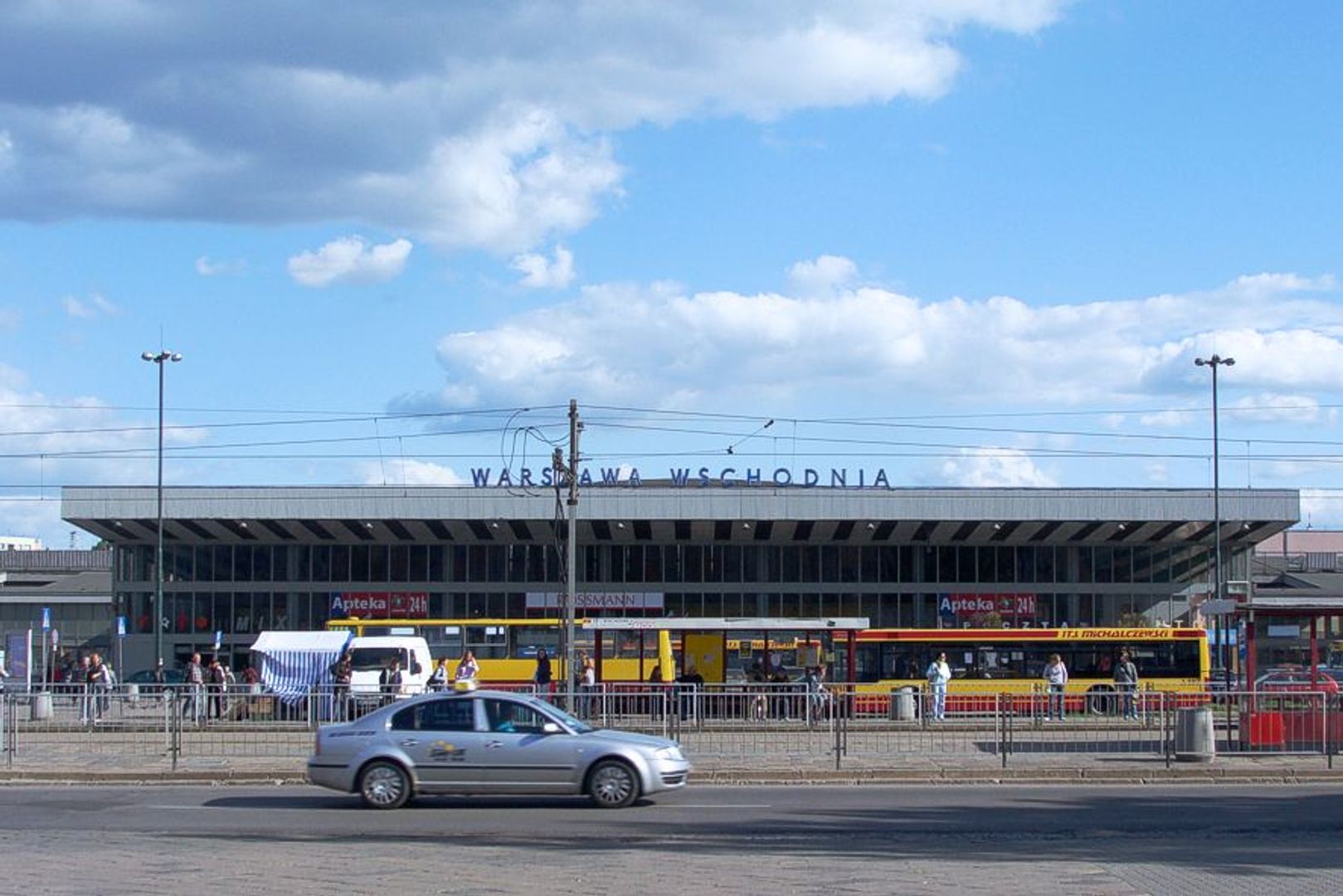Warsaw East
6.7

Overview
Warsaw East, also known as Dworzec Wschodni, is the second-largest railway station in Warsaw, located on the Warsaw Cross-City Line between the districts of Praga-Północ and Praga-Południe. The station, opened in 1969 and designed by Arseniusz Romanowicz and Piotr Szymaniak, stands out for its innovative two-block form and a distinctive roof made of enormous trusses. Its architecture, enriched with multicolored marbles and a mosaic by Maria Leszczyńska, has attracted attention from the very beginning. The station serves both long-distance and suburban trains, and in 2022, it recorded 13.5 million passengers. The history of Warsaw East dates back to 1866, when the first station was built on this site, called the Terespol Station. The location has witnessed many events, including bombings in September 1939 and destruction during World War II, after which the station was thoroughly rebuilt in the 1960s. In recent years, the station has undergone modernization, but the memorable days of its glory, when it was considered the most modern in Warsaw, are now just a memory. Culturally, the station has served as a backdrop for many films, including well-known Polish comedies. Urban development plans include many ambitious investments aimed at developing the station's surroundings, such as the construction of a metro station and new promenades. Despite its challenges, Warsaw East remains an important transportation hub and a historical symbol of Warsaw's architecture.
Location
Tickets
Powered by GetYourGuide
2025 Wizytor | All Rights Reserved